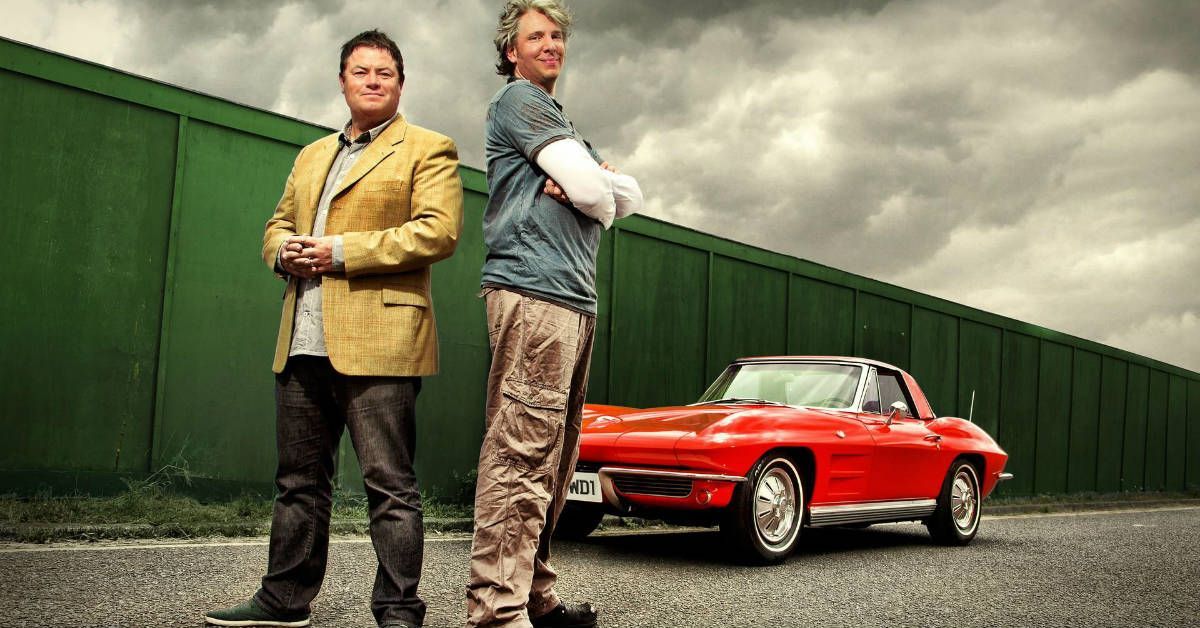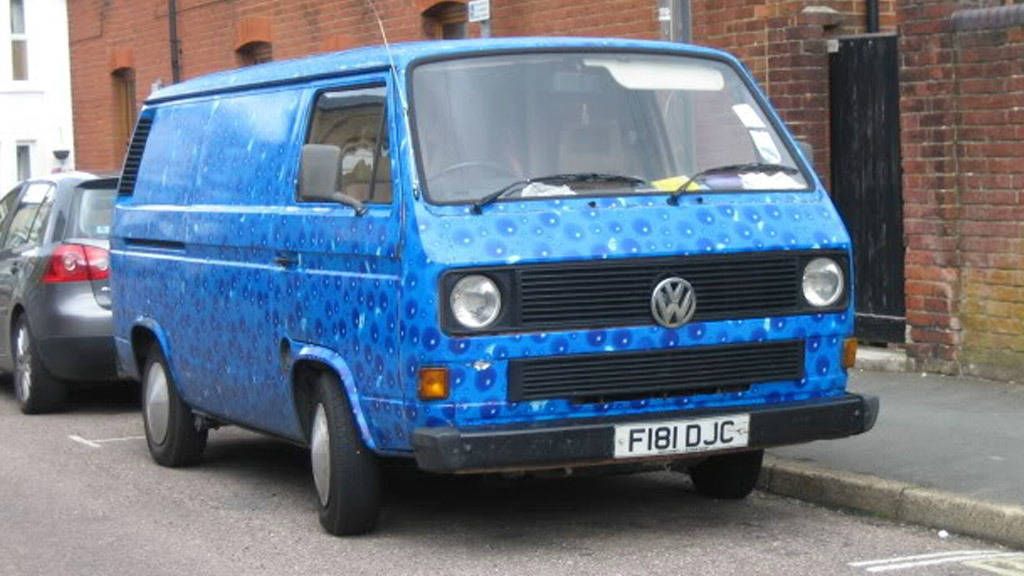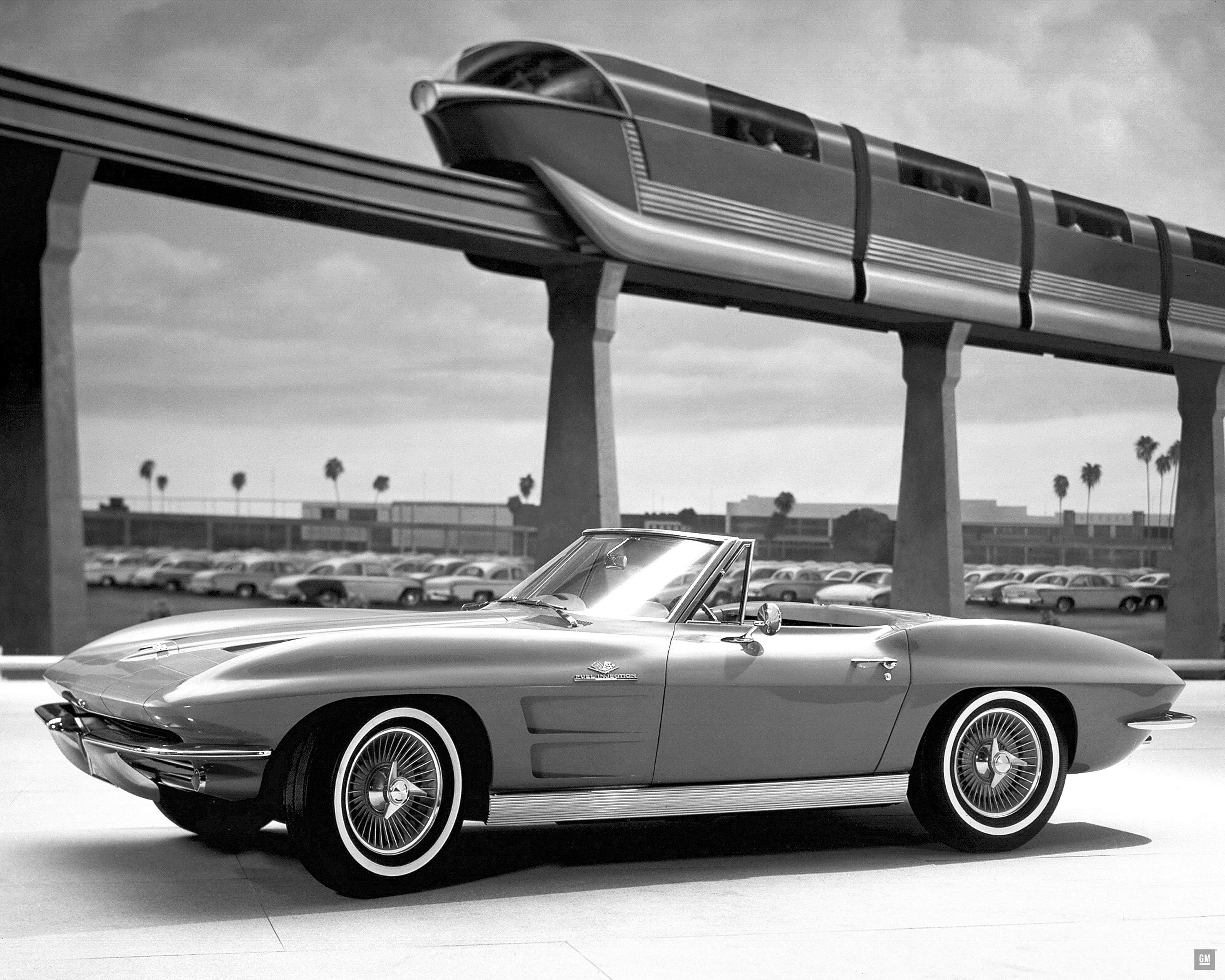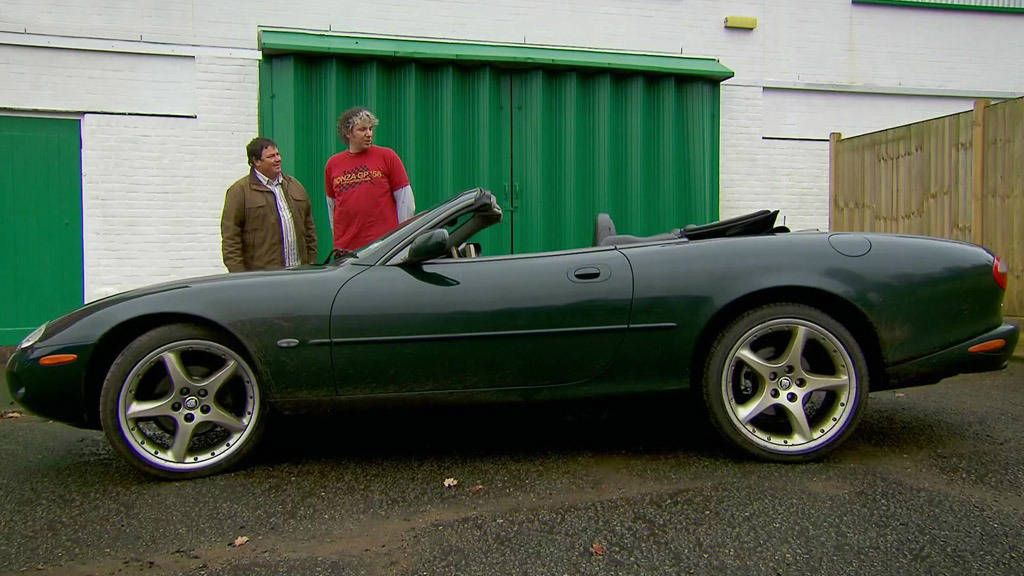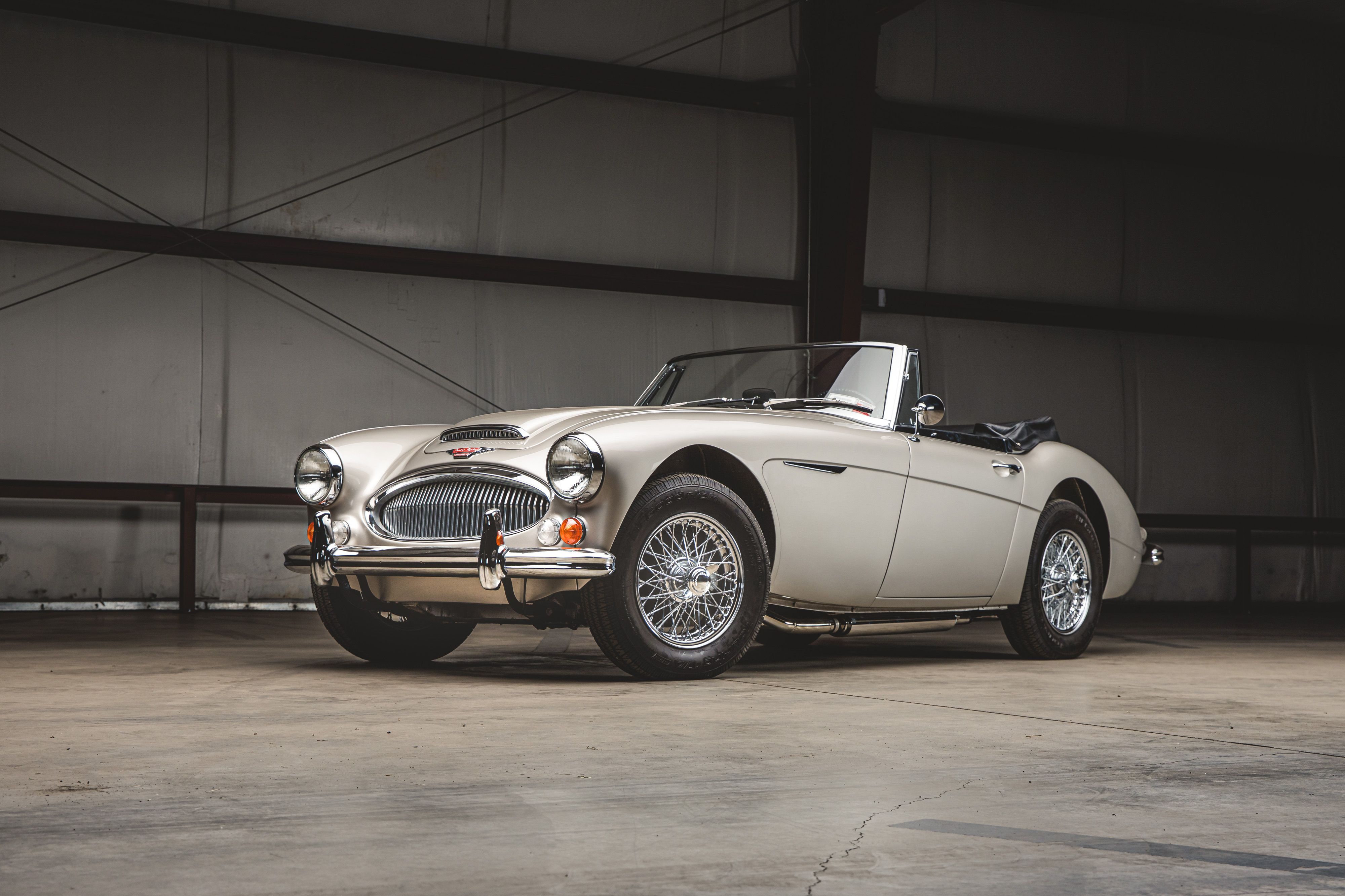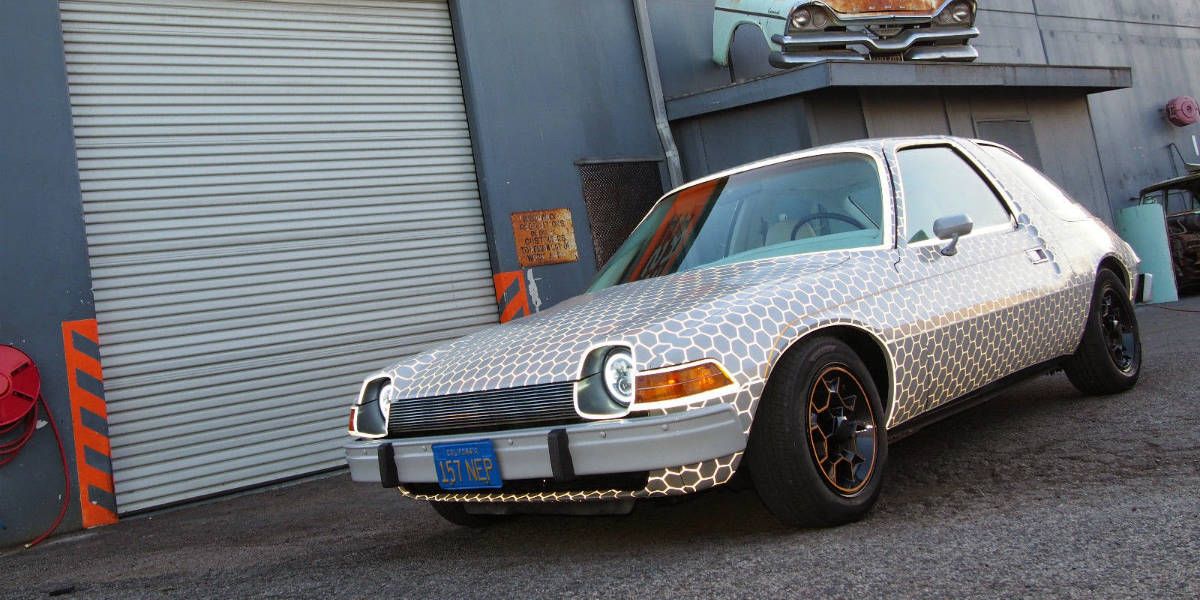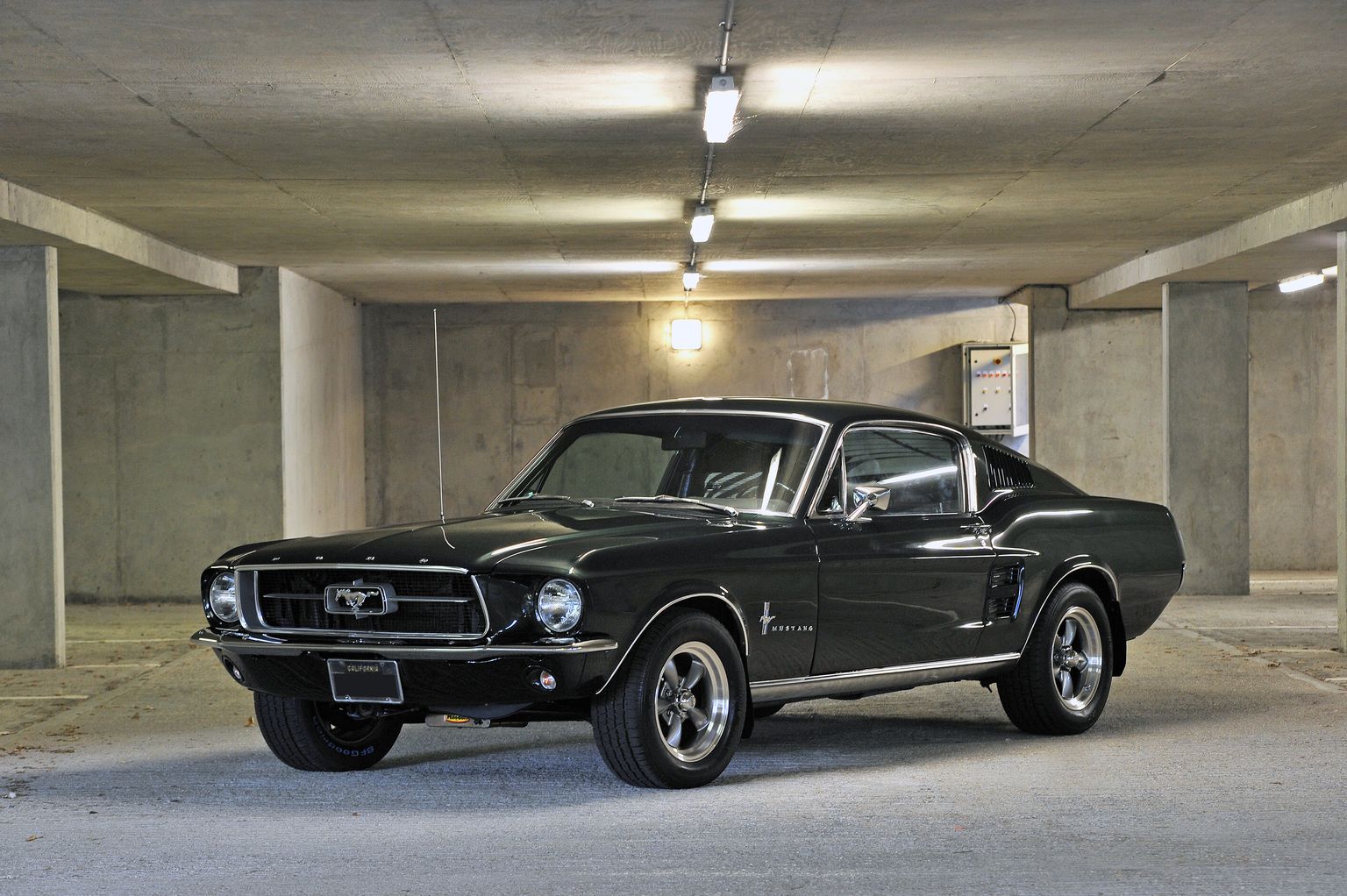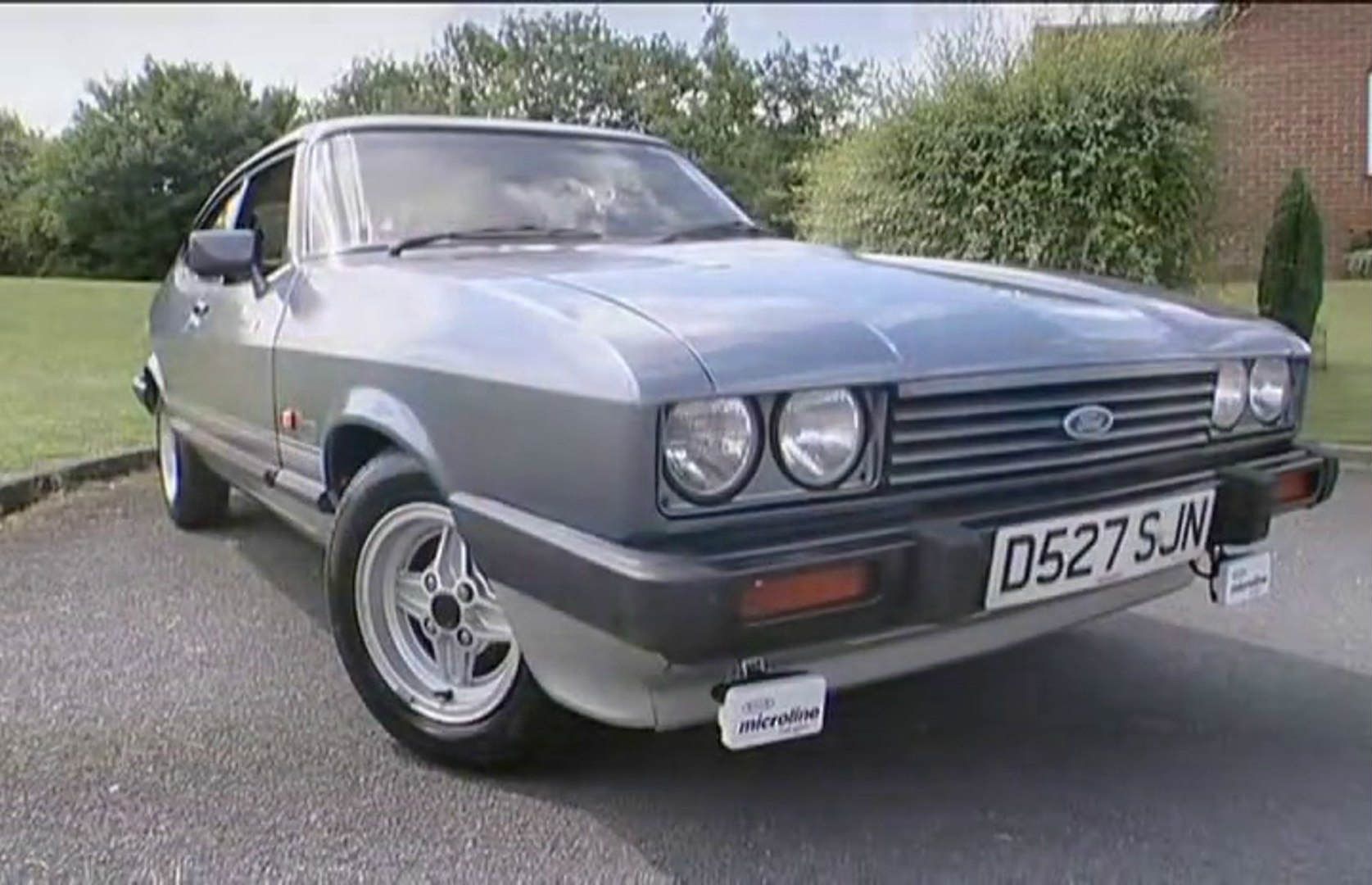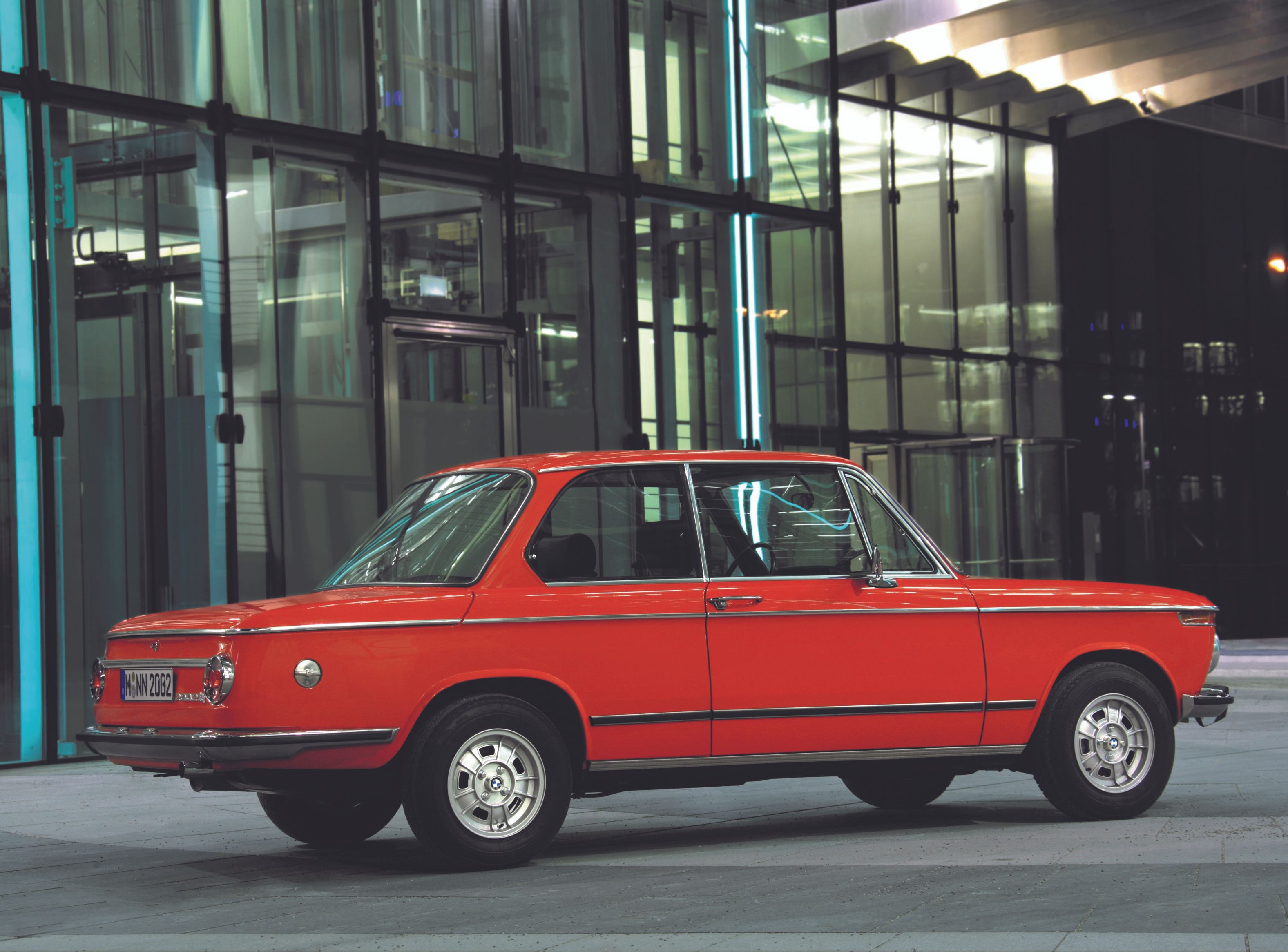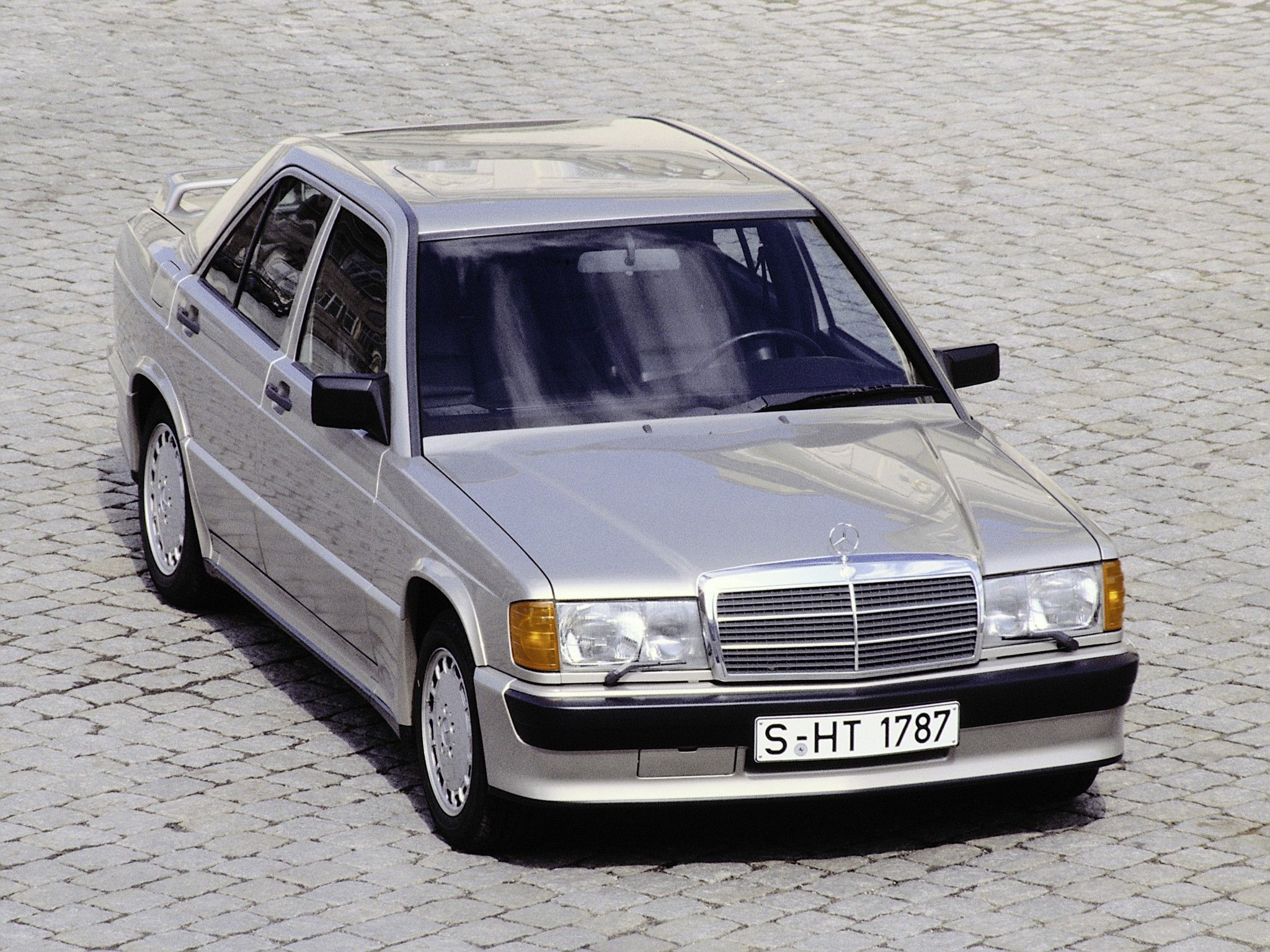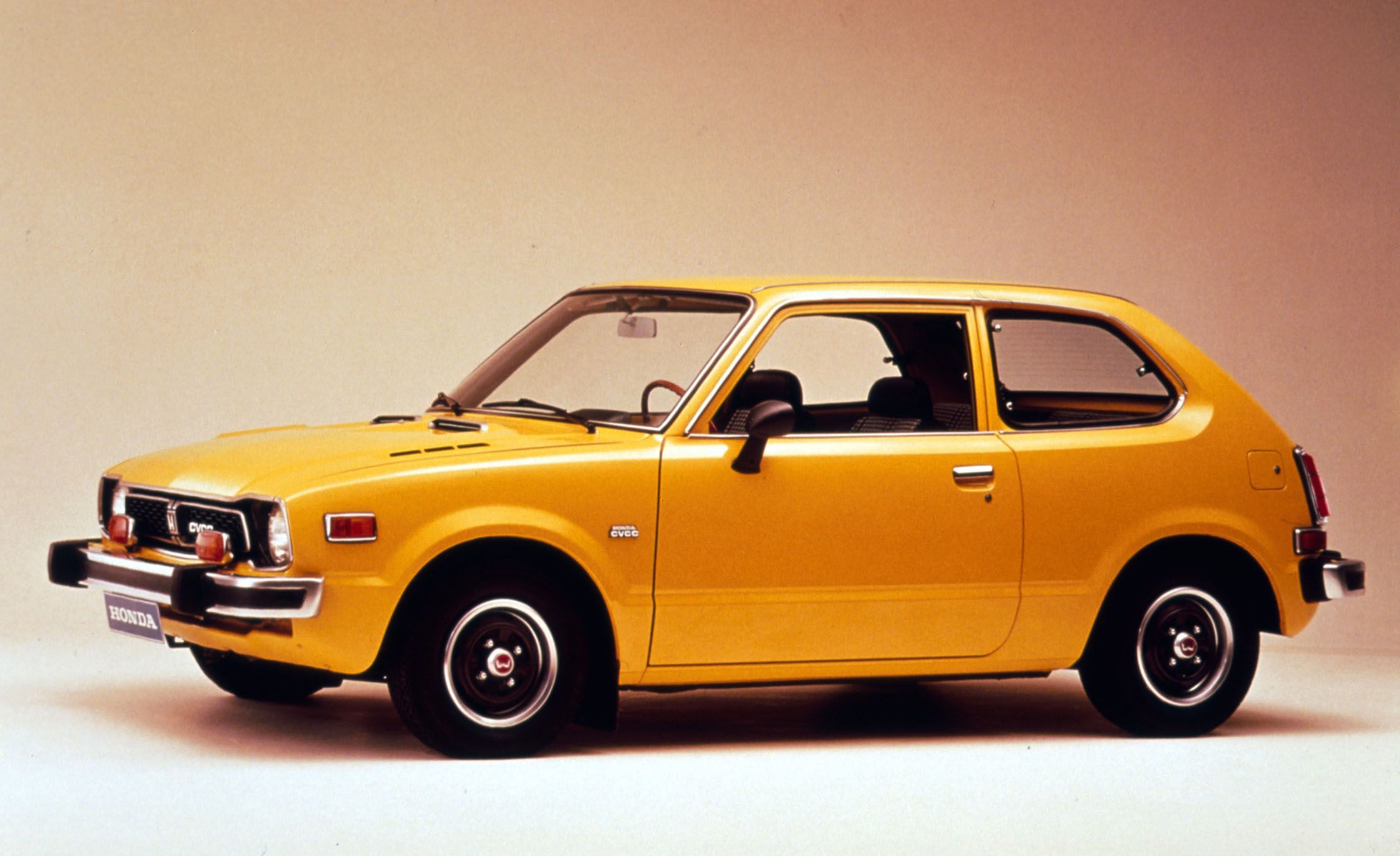If you’re a suave negotiator and handy with a wrench, fixing and flipping cars can be a quick way to make some cash. Perhaps no one does it better than the duo behind Wheeler Dealers. The long-running show, on the air since 2003, has had a storied history, but still follows the same formula: find a cool car, fix it up and hopefully make a profit.
In most cases, everyone wins. The WD guys walk away with some extra cash and one lucky buyer gets a well-sorted ride. But even the most talented flippers take a loss.
10 Took A Loss: 1989 Volkswagen Type 2 (T3)
Is there a bigger icon of the hippie generation than the Volkswagen bus? The original T2 is nearly as synonymous with the brand and almost as impactful as the original beetle. Better known to North Americans as the Vanagon, this follow up to the original bus may not have been as endearing, but it was certainly as successful, enjoying a production life spanning over two decades from 1979 to 2002.
When the Wheeler Dealers got their hands on an example, they had their work cut out for them. Mike and Edd only had a £3,000 budget to work with and £1,100 of that was already spent on purchasing the car. Edd ended up doing an extensive amount of work on the bus, which ultimately only sold for £1,500 – resulting in a loss of over £2,300. To make matters worse, the pair couldn’t even find a buyer. It was Edd himself who ponied up the pounds.
9 Made A Profit: 1964 Chevrolet Corvette Sting Ray Convertible
Every Chevy Corvette following this second generation (C2) has tried to live up to the reputation cemented by this sports car. Chevrolet even brought the Stingray name back in recent years to capitalize on the legacy this car left on the world. While the convertible didn’t cement the same kind of icon status as 1963’s split-window coupe, you’d be hard-pressed not to call it desirable.
Mike spent a healthy $29,000 just buying the car, leaving poor Edd a meager $1,000 to finish his work. Thankfully the seller supplied numerous replacement parts with his former project car. The restored car gave the dealers over £20,000 of profit – one of their biggest paydays to date.
8 Took A Loss: 1999 Jaguar XK8 Convertible
This is, admittedly, not a loss in the traditional sense. But Mike and Edd’s wallet was over £10,000 lighter by the end of it all. This Jaguar XK8 episode was the result of a contest where Mike and Edd would buy a car from a lucky fan.
Working with a budget of £10,000, Edd did some work on the engine, exhaust, and suspension, and fitted some upgraded brakes from the high-performance XKR. In the end, the car wasn’t even sold – it was given away as a promotional prize.
7 Made A Profit: 1965 Austin-Healey 3000 MK III BJ8
The open-top British sports car – which inspired the Mazda MX-5 Miata – was an affordable way to experience the joys of the road, when the poor electronics didn’t leave you stranded on the side of it. But what if you wanted that experience in a decidedly more plush setting? Enter the Austin-Healey 3000 MK III BJ8 Sports Convertible.
Given the relatively simple nature of many of these cars, the BJ8 was almost as excessive as its name. The BJ8 enjoyed an increase in power over the base 3000 and included conveniences like power brakes, a burled walnut dashboard, and a luxurious cockpit.
But Mike and Edd stepped things up further, draping the interior in plush read leather, slapping on a three-carburetor setup and installing a custom exhaust system. The work netted them a profit of over $26,000.
6 Took A Loss: 1975 AMC Pacer
This forward-thinking American compact was rife with controversy when it came out. Its round, aerodynamic design featured some clever touches, including hidden windshield wipers and an abundance of safety features. Some were even offered as plug-in electric vehicles – all the way back in 1978.
Armed with a budget of $5,000, Mike and Edd found an example for $3,500. But as always, extensive work was needed. Edd lowered the ride height and fixed the gear selector cable. He also did a full vinyl body wrap, refinished the interior, and added some modern touches like LED headlights. Unfortunately, all of that work didn’t come cheap, racking up a total cost of $12,750 – translating to a loss of nearly $4,900.
5 Made A Profit: 1967 Ford Mustang GT Fastback
Forget Eleanor. When it comes to iconic movie Mustangs, no one outguns Bullitt. Ford themselves recognize how much of an impact the mean green Mustang had and have since pumped out some limited Bullitt Edition Mustangs.
Mike and Edd found a highly desirable Fastback Mustang in the United States and shipped it over to the UK where they transformed it into a Bullitt-like tribute. The Mustang was resprayed from black to Highland green, fitted with improved braking, and swapped in some wheels reminiscent of Steve McQueen’s ride. All their effort earned them a tidy profit of nearly £6,700.
4 Took A Loss: 1986 Ford Capri Laser
The Capri was Ford UK’s attempt at recreating the success of the Mustang. They even brought on designer Phillip T. Clark, who was part of the Mustang design team. While it was better known in Europe and overseas, the Capri was sold in North America, though nowhere near as popular as the Mustang. Ford didn’t even put their name on it over here.
The Laser was one of the final special editions of the Capri Ford produced and thus, holds a special place in the hearts of fans. Mike and Edd got their hands on a Capri Laser for £400. But it needed work on the suspension, tires, exhaust, front bumper, lights and body. Their meager £1,000 budget didn’t allow them to refresh the worn interior or give the paint a lustrous finish, netting the duo a loss of £245. This was their first loss of the series.
3 Made A Profit: 1974 BMW 2002 Tii
The car that some say saved BMW. The 2002 laid the groundwork for virtually every BMW that came after it. Round headlamps, Hofmeister kink, and a boxy but functional design set the standard for BMW design for decades to come. The 2002 is a special car in its own right, but the tii takes it a step further by featuring a purely mechanical fuel injection system that pushed it to a top speed of 115 mph.
These cars are highly collectible, so Mike had to spend more than he wanted to on a non-running example as he kept getting outbid. But thanks to Edd’s handiwork repairing the fuel injection system, overhauling the brakes, respraying the body, and tidying up the interior, the pair walked away with over $13,500 in profit.
2 Took A Loss: 1987 Mercedes-Benz 190E 2.3-16 Cosworth
A name like that just rolls off the tongue. This Mercedes-Benz was thought of as the main rival to BMW’s iconic E30 M3. But they shared something in common – the 5-speed dog-leg gearbox. Next to the ludicrously styled Evolution models, the 190E Cosworth was an exercise in performance for the brand. And unlike the E30 M3, prices of these are still fairly reasonable.
When Mike and Edd took a crack at the Cosworth, they tried to keep the car as original as possible. Edd fixed the suspension, bodywork, exhaust, and tires. Unfortunately, the well-sorted car wasn’t as hot as they were hoping, resulting in a loss of £85. One day you’ll catch up to that E30, Benz. One day.
1 Made A Profit: 1977 Honda Civic CVCC
Honda as we know it would not be the giant it is without this little hatchback. Honda offered the Civic with the innovative CVCC (Compound Vortex Controlled Combustion) engine that not only boosted power but also eliminated the need for a catalytic converter.
Mike and Edd got their hands on a CVCC equipped example, repairing the body, respraying it to a very 70’s shade of yellow and fitting a four-gauge dashboard. Despite being a product of the 70s, the car drove an impressive 89 miles with two gallons of gasoline. The best part – Honda themselves purchased the car, earning the boys $8,000 of profit for their work, and immortalization in Honda’s museum in California.

